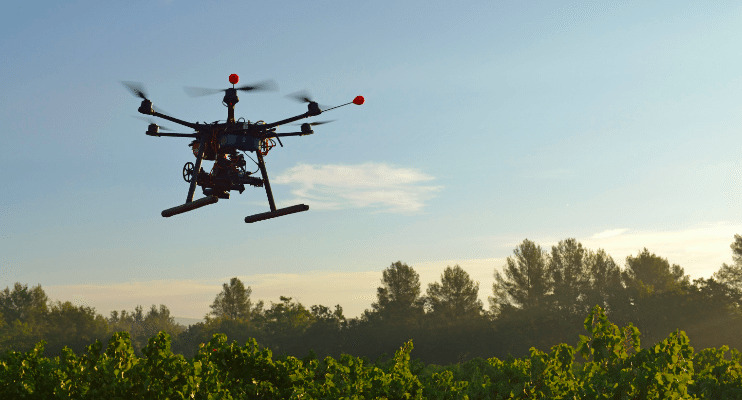Stressed Bears Suggest Drones Are Animal Menace
The FAA aren't the only ones taking issue with drones, with new research suggesting unmanned aerial vehicles are stressing out animals more than previously believed. The study, carried out in Minnesota, found that repeated UAV flights overhead left black bears in an agitated state, something which had been missed as the animals froze when the drones were nearby.
To measure the actual impact of the UAVs passing the bears' territory, Mark Ditmer – a postdoctoral researcher in the Department of Fisheries, Wildlife, and Conservation Biology at the University of Minnesota – fitted four bears with GPS collars and heart-rate monitors.
Two of the bears were mothers with cubs, one was a hibernating female, and the final was a young male.
Over the course of eighteen drone flights in total, with each bear being passed between one and nine times, heart-rate readings were collected to see what physiological response resulted.
Surprisingly, though the bears froze in place when the UAVs passed overhead, each showed a significant heart rate spike.

Notably, Ditmer points out in the research published this week in the journal Current Biology, the bears used in the study aren't unfamiliar with human infringement on their territory.
"These bears are in probably one of the most human-dominated parts of Minnesota, in terms of where bears are located anyway, so we thought they would be the most habituated to outside stressors," the researcher said, the Washington Post reports.
Though Ditmer isn't suggesting all UAV use cease around animals, his project does suggest that more care needs to be taken to minimize potentially invisible but serious disturbances to wildlife. Though the bears may opt to freeze in response, he points out, other species might have a flight response, and even be unexpectedly driven into residential areas or onto highways.
It's an area of research that is under-explored, though that hasn't stopped national parks and other areas banning drone flights. California has issued a $75k bounty for turning in anyone who uses a drone to interfere with firefighters, while over in Japan UAVs aren't permitted in Tokyo's public parks.
Ditmer suggests more research into how different engine sounds, flying altitudes, and other factors could minimize animal disturbance, especially given how useful drone research can be in things like rain forest logging monitoring.
Meanwhile, some animals themselves are fighting back. Recently one hapless UAV was swatted out of the sky by an eagle, with hawks and kangaroos having taken on the remote control aircraft in the past.
VIA Washington Post
MORE Mark Ditmer
